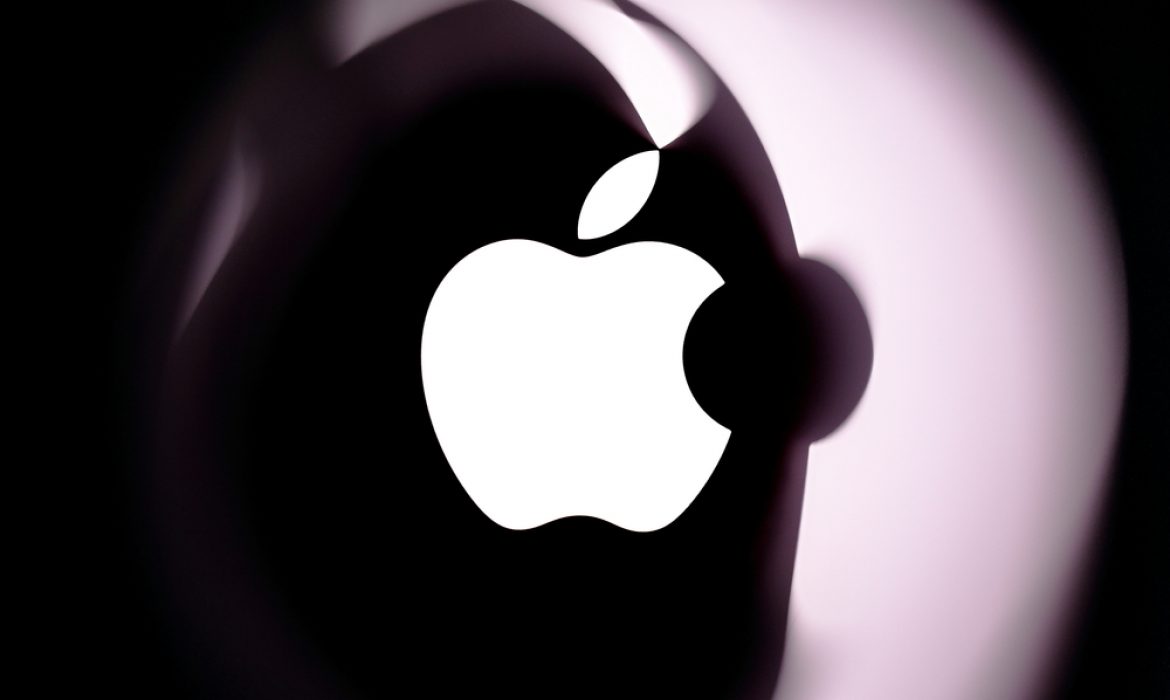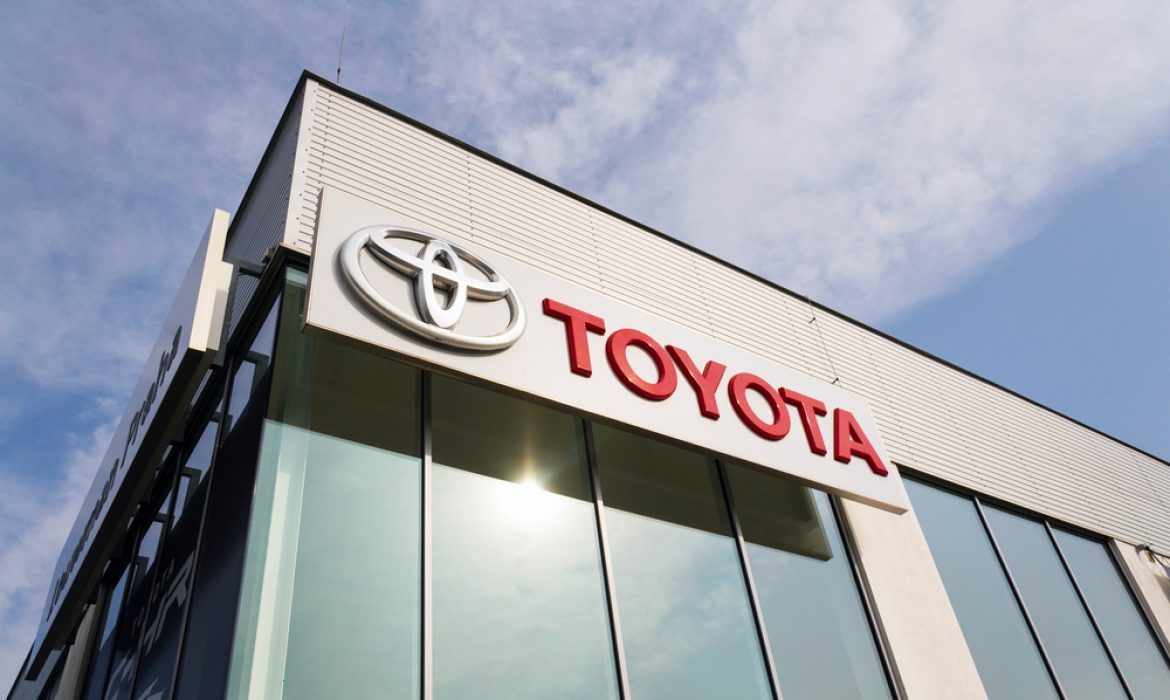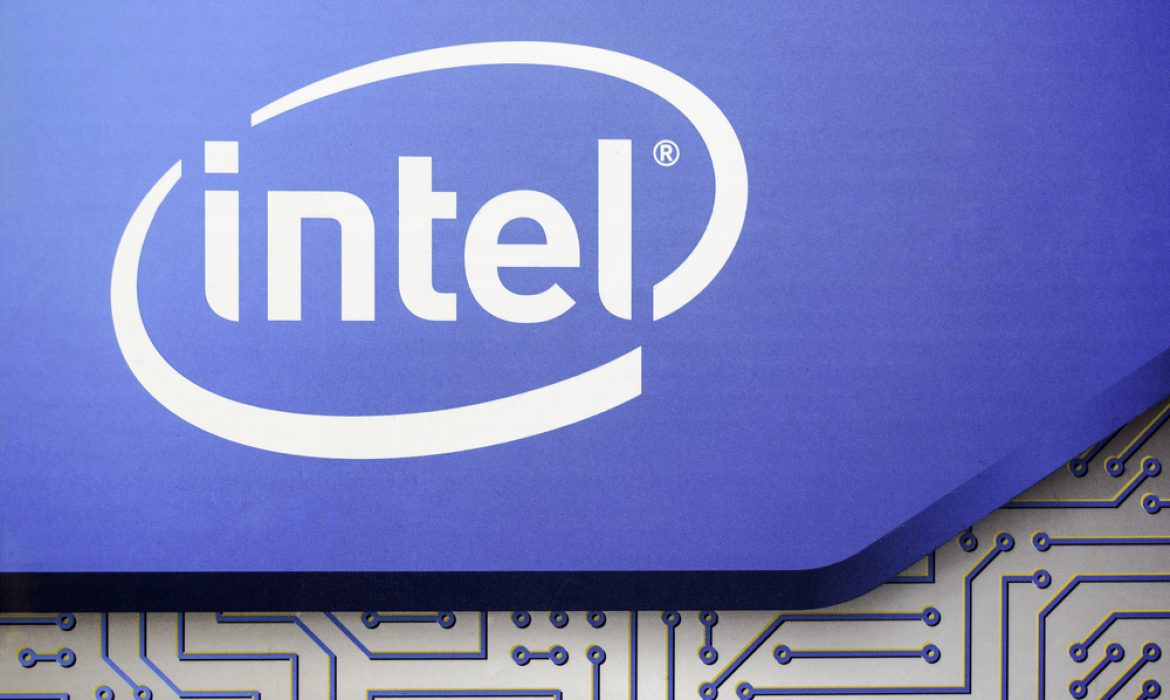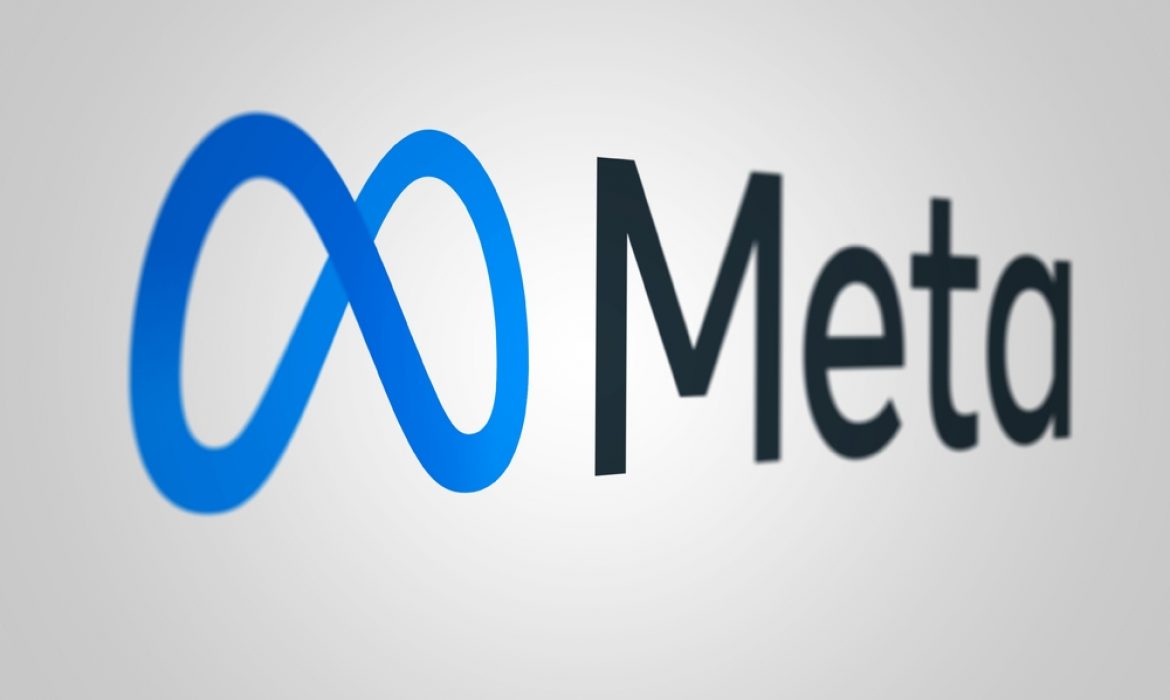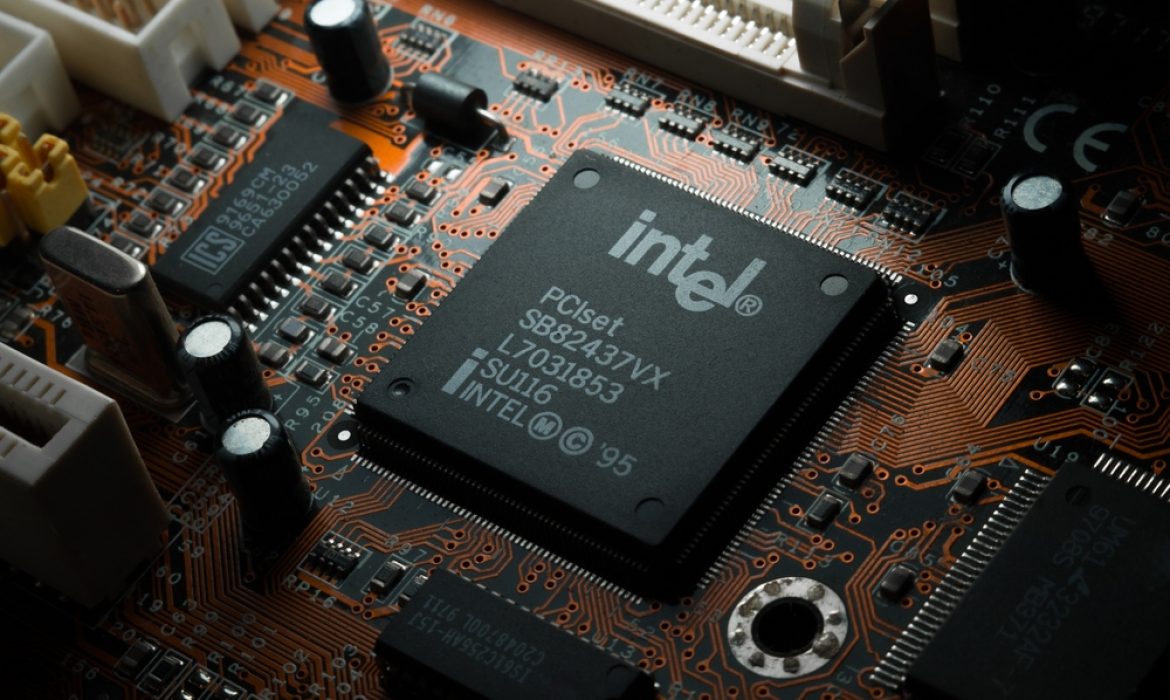Apple’s Mac Market Share Surges Amidst PC Sales Decline
In the ever-evolving landscape of the tech world, there are few constants. But one thing remains clear: Apple knows how to defy trends and set its own course. The latest testament to this is Apple’s surge in global PC market share during the second quarter of 2023, a feat that comes against the backdrop of a generally weakening PC market.
Apple’s Remarkable Growth
Apple’s performance in this arena is nothing short of impressive. The tech giant recorded a year-over-year growth rate of 10.3%, making it the only PC manufacturer among the top five globally to achieve positive results. As a result, Apple’s Mac computers now claim an 8.6% share of the global market, with a staggering 5.3 million Mac units shipped in the second quarter alone.
It’s worth noting that this number, while remarkable, is slightly lower than the same quarter the previous year when Apple shipped a total of 4.8 million Mac units. However, this decline is not unique to Apple but is mirrored by the broader market, which experienced a 13.4% year-over-year decrease in PC shipments, dropping from 71.1 million units to 61.6 million units, according to IDC data.
Apple’s Winning Strategy
What sets Apple apart in this turbulent market is its ability to command loyalty from users even with its higher-priced PCs. The company has been relentless in enhancing its chipset technology and overall functionality since it embarked on the transition away from Intel’s chipsets.
A significant development in this regard was Apple’s announcement in June that its flagship Mac Pro computer would be equipped with the new M2 Ultra chipset. This marks a significant departure from the Mac Pro’s previous reliance on Intel processors, showcasing Apple’s commitment to pushing the boundaries of what its machines can achieve.
Competitors Facing Decline
In contrast, Apple’s competitors have been grappling with declining growth. Lenovo, HP, Dell, and Acer, which make up the other top four PC manufacturers by rank, all witnessed declines in growth, as per IDC data. Acer, in particular, faced a significant challenge, with a staggering 19.2% year-over-year drop in shipments. HP, on the other hand, managed to maintain relative stability, shipping 13.4 million units in the second quarter of 2023 compared to 13.5 million units during the same period the previous year.
Apple’s remarkable surge in the PC market share underscores the company’s unwavering commitment to innovation and its ability to cater to a dedicated user base. As the tech landscape continues to evolve, Apple remains a steadfast force, shaping the industry in its unique way.
Toyota’s Game-Changing Solid-State Batteries: A Paradigm Shift in EVs
In the ever-evolving landscape of electric vehicles (EVs), Toyota has made a groundbreaking announcement that could reshape the industry as we know it. The Japanese automotive giant has unveiled its plans to introduce electric cars equipped with solid-state batteries boasting an astounding range of up to 1,200 kilometers and an astonishingly rapid charging time of just 10 minutes.
This revelation comes as a culmination of Toyota’s relentless pursuit of innovation in the world of EVs. The company is set to embark on a mission to halve the size, cost, and weight of batteries used in their electric vehicles. This transformative leap is underpinned by a profound breakthrough in solid-state battery technology.
Keiji Kaita, President of Toyota’s carbon neutrality R&D center, expressed the company’s vision for this technological leap. He emphasized Toyota’s commitment to drastically alter the current status quo, where EV batteries are often criticized for being too large, heavy, and expensive. Kaita boldly declared Toyota’s intention to slash these dimensions by a remarkable fifty percent, both in size and cost.
So, how do these remarkable solid-state batteries work, and why are they generating such excitement in the EV industry?
Solid-state batteries are widely regarded as the Holy Grail of EV power sources due to their potential to overcome the inherent challenges posed by traditional lithium-ion batteries. These challenges include extended charging times, limited capacity, and safety concerns. Solid-state batteries tackle these issues head-on by replacing the liquid electrolyte found in lithium-ion batteries with a solid electrolyte. Furthermore, they utilize metallic lithium on the anode, replacing the conventional graphite. This fundamental shift in battery chemistry has the potential to revolutionize EVs.
While solid-state technology holds immense promise, its adoption has been delayed due to production complexities and high costs, pushing manufacturers to focus on improving conventional lithium-ion batteries. However, Toyota’s recent announcement signals a paradigm shift. The company claims to have addressed the durability issues that have plagued solid-state batteries for years and discovered a breakthrough materials solution.
Initially, Toyota had intended to introduce hybrid vehicles equipped with solid-state batteries by 2025. However, recent breakthroughs have given the company the confidence to fast-track mass production of these batteries for all-electric vehicles by 2027 or 2028.
This technological leap forward means that Toyota’s solid-state batteries could potentially provide EVs with a staggering range of 1,200 kilometers, virtually eliminating the range anxiety that has deterred some from transitioning to electric cars. Furthermore, the 10-minute charging time is a game-changer, making EVs even more convenient and accessible.
Moreover, Toyota’s streamlined manufacturing processes are expected to significantly reduce the production costs of solid-state batteries, potentially making them as affordable as or even more economical than liquid-based lithium-ion batteries.
Toyota’s bold move into solid-state battery technology has the potential to reshape the EV market, making electric vehicles more practical, affordable, and appealing to a broader audience. It’s a testament to the power of innovation and a glimpse into a future where EVs dominate our roads, offering cleaner and more efficient transportation for all.
All Eyes on Intel: Tech Giant Aims for Growth in Evolving Tech Landscape
Intel (INTC.O), the renowned chip maker, has delivered a surprising quarterly profit, signaling a potential turnaround as the slump in the PC market begins to ease. The company’s upbeat forecast for third-quarter earnings has surpassed Wall Street expectations, leading to a remarkable 6 percent surge in its shares.
Over the past year, the PC market faced a significant decline as consumer demand slowed, leading to a buildup of inventory as many had already acquired the necessary devices during the pandemic. However, the oversupply situation is starting to abate, with PC shipments declining by just 11.5% in the June quarter, a notable improvement compared to the 30% drop in each of the previous two quarters, according to Canalys data.
This positive trend in the PC market has prompted Intel to forecast higher profits for the third quarter. The company’s margins, which had experienced a nearly 50% decrease from all-time highs, are now expected to improve in the latter half of the year.
The success of Intel can largely be attributed to its resurgence in desktop sales, which have rebounded significantly from near-record lows in the previous quarter. This resurgence has contributed to boosting Intel’s market value by nearly $9 billion, as it seeks to regain ground against rivals such as Nvidia (NVDA.O), Advanced Micro Devices (AMD.O), and Broadcom (AVGO.O).
Although Intel’s largest segment, which includes personal computers, experienced more than four consecutive quarters of sharp declines, the company is determined to reclaim its position in the market. Despite a 12% decline in revenue, which fell to $6.8 billion from $7.7 billion a year earlier, the company’s foundry business, which manufactures chips for other companies, has reported revenue of $232 million, compared to $57 million a year ago.
Intel Chief Executive Pat Gelsinger highlighted the significance of advanced packaging in the industry, as it enables high-performance computing and artificial intelligence. The company is actively exploring opportunities in this area and recently announced a collaboration with Ericsson (ERICb.ST) on a chip that will utilize the most advanced manufacturing technology.
However, Intel faces challenges in the data center and artificial intelligence sales, which experienced a 15% drop to $4 billion from $4.7 billion in the year-ago quarter. The increased focus on AI computing in the cloud, with major players like Microsoft (MSFT.O) and Alphabet increasing spending on data centers, has impacted the server chip market for Intel. Additionally, the slow recovery in China has further hindered the company’s progress.
While Intel continues to battle for relevance in the AI sector and faces competiti
on from AMD and Nvidia, the company remains optimistic about its AI chip sales, forecasting at least $1 billion worth of sales through 2024.
Looking ahead, Intel projects adjusted earnings per share of 20 cents in the current quarter, surpassing analysts’ expectations of 16 cents. The company’s adjusted revenue is estimated to be between $12.9 billion and $13.9 billion, with the average of $13.4 billion exceeding forecasts, though still indicating a 12.6% year-over-year decline.
Despite the challenges, Intel’s shares have risen by about 30% this year, demonstrating investors’ anticipation of an industry recovery. As the company navigates through changing market dynamics and continues to innovate, the chip maker aims to reclaim its position as a leading player in the semiconductor industry.
Meta Unveils Voicebox AI: A Breakthrough in Spoken Speech Generation
Meta, the parent company of Facebook, has revealed a groundbreaking AI model known as Voicebox AI. This new AI tool is designed to generate spoken speech from textual input, potentially revolutionizing voice assistants and a wide range of applications. Although Meta has not yet released the program or its source code, Voicebox AI represents a significant leap in AI-driven speech generation technology.
Voicebox AI operates on a similar model to OpenAI’s ChatGPT and DALL-E but focuses on producing spoken language rather than text or images. The system has been trained on an extensive dataset comprising 50,000 hours of unfiltered audio. This dataset includes transcripts of publicly available audiobooks recorded in various languages, including English, French, Spanish, German, Polish, and Portuguese.
The diversity of this dataset enables Voicebox AI to generate “more conversational speech,” regardless of the languages spoken by users. According to Meta’s researchers, the results indicate that speech recognition models trained on synthetic speech generated by Voicebox AI perform nearly as well as those trained on real speech.
Meta claims that Voicebox outperforms Microsoft’s VALL-E in text-to-language conversion concerning both intelligibility (5.9% vs. 1.9% word error rate) and audio similarity (0.580% vs. 0.681%), all while being 20 times faster.
Voicebox AI boasts several valuable features, including the ability to edit audio, remove noise, and even correct mispronounced words. Users can identify segments of distorted speech caused by noise, such as a barking dog, and instruct the model to correct or update those segments.
Meta has employed a novel training method called Flow Matching to develop this speech synthesis technology from scratch. Currently, only the research paper and audio examples are available to the public. The Voicebox program and its source code have not been released due to concerns about potential misuse.
The researchers envision a wide range of applications for Voicebox AI in the future. This technology could be used for prosthetics to assist patients with damaged vocal cords, enhance gaming NPCs, and create more advanced digital assistants.
It’s worth noting that in January, Meta released its LLaMA AI language model as an open-source package, accessible to the AI community. However, concerns about misuse arose when the model’s download links appeared on online forums shortly after its release.
Meta has also developed SAM, an AI image segmentation model that can identify specific objects in images or videos based on user cues. Additionally, the company is offering open-source code and a dataset of 180,000 images to the Animated Drawings AI project, aiming to animate simple drawings using AI.
While Meta’s Voicebox AI is not yet available for public use, it represents a significant advancement in AI-driven speech generation technology, with the potential to transform various industries and applications once it becomes more widely accessible.
Bitcoin Slumps Below $25,000: The Fed’s Shadow Looms Large
In a dramatic turn of events, Bitcoin, the world’s premier cryptocurrency, has slipped below the $25,000 threshold for the first time since March 17. This significant plunge occurred on June 15, with Bitcoin’s value plummeting by 4% in a mere half-hour, crashing from $25,867 to $24,819. At the time of this report, Bitcoin valiantly clings to a value just above $24,985.
Remarkably, Bitcoin had maintained its position at around $26,000 over the past week, defying the turmoil surrounding major cryptocurrency exchanges Coinbase and Binance, both of which are embroiled in lawsuits filed by the U.S. Securities and Exchange Commission (SEC). Binance saw a massive withdrawal of over $780 million within a 24-hour period.
So, what caused this sudden tumble? It all began just three hours after the Federal Reserve’s announcement that it would be pausing interest rate hikes, a strategy it had been implementing for nearly 15 months to combat inflation. This move sent shockwaves through the cryptocurrency market, shaking Bitcoin and other digital currencies to their core.
Federal Reserve Chairman Jerome Powell’s message was clear: the pause in interest rate hikes is temporary, hinting at potential long-term troubles for Bitcoin. As eToro market analyst Josh Gilbert puts it, the positive performance of risk assets in recent times hinged on the expectation of declining inflation and peaking interest rates, a scenario that now seems less certain.
This downturn didn’t spare Ethereum, the second-largest digital coin by market capitalization, which witnessed a drop of over 5%, plunging from $1,727 to $1,631 in the same timeframe. Altcoins, often viewed as more volatile, faced the bearish sentiment as well. Many tokens that have been categorized as securities in the SEC’s legal crosshairs tumbled by 3% or more. Cardano took a hit with a 3.4% fall in the past 24 hours, while Polygon and Solana followed closely behind with declines of 3.3% and 2.8%, respectively.
Analysts are now turning their attention to Bitcoin options data, which indicates the potential for further declines. The regulatory hostility toward the crypto industry within the U.S., coupled with the looming prospect of more rate hikes from the Fed in the months ahead, has cast a shadow of uncertainty over Bitcoin’s future.
As Bitcoin traders and enthusiasts navigate these turbulent waters, they are left to ponder whether this dip is merely a bump in the road or the harbinger of more significant market fluctuations. Only time will unveil the true story behind this cryptocurrency rollercoaster ride.
SpaceX Rockets to Success: The Explosive Launch of Starship Impresses the World
Time Magazine’s prestigious annual list of the 100 most influential companies in the world for 2023 is out, and it comes as no surprise that artificial intelligence startups have made their mark. In a year that has seen significant progress in AI technology, these companies have claimed more than 12% of the coveted spots on Time’s overall top list. Among the distinguished names are OpenAI, NVIDIA, Google DeepMind, Hugging Face, Metaphysic, Runway, and others.
The cover of Time100 features none other than Sam Altman, the CEO of OpenAI. Despite being just 7 years old and employing under 500 people, OpenAI has captured global attention in the past six months. This is all thanks to their viral chatbot, ChatGPT, which has brought artificial intelligence to the masses, revolutionizing communication and interaction.
Time’s list also highlights a growing focus on sustainability, with more than 15% of the companies falling under this category. Companies like M-Kopa, Schneider Electric, Aclima, Albemarle, Land O’Lakes, Kayrro, Patagonia, The North Face, ZeroAvia, and Regrow Ag are leading the charge towards a greener and more environmentally responsible future.
Among the categories on the list, the “Leaders” section shines the spotlight on pioneers who have achieved remarkable milestones. NVIDIA, the semiconductor company, achieved a market value exceeding $1 trillion for the first time this year, joining the ranks of Apple, Microsoft, Amazon, Alphabet (Google’s parent company), Meta (formerly Facebook), and Tesla.
SpaceX, another notable “Leader,” has made waves with its 61 Falcon 9 launches last year, and it continues to impress with the recent “explosive” launch of Starship, the world’s most powerful rocket. This achievement brings them one step closer to realizing the dream of returning astronauts to the moon by the end of the decade.
Duolingo, the language-learning platform, has proven its prowess by integrating the large GPT-4 language model into its program. This move resulted in a remarkable 62% growth in daily active users during the first quarter of 2023 compared to the previous year.
OpenAI, aside from its viral chatbot, also boasts the distinction of being the founding company of ChatGPT. Meanwhile, Stability AI’s Stable Diffusion image generator has captured attention for its ability to turn almost any text into a captivating picture, although it has not been without its critics and copyright challenges.
The design platform, Canva, has expanded its reach and now competes with heavyweights like Microsoft Office and Google Workspace. With its customer base surpassing 110 million users, Canva continues to make waves in the graphic design world.
Kia America’s launch of its first dedicated battery-only electric vehicle, the EV6 crossover, propelled the company into second place in U.S. electric vehicle sales, setting a new annual sales record in 2022.
A24, the studio behind critically acclaimed films, dominated the Oscars, securing 8 of the 20 acting nominations, with “Everything Everywhere at Once” taking home the top prize.
Terran Orbital, a company specializing in small satellites, made significant strides with its Capstone spacecraft, which operated for 6 months in NASA’s new highly elliptical orbit for the future Gateway space station. The company’s technology aims to reduce orbital debris, ensuring that the satellites disintegrate at the end of their useful life, thereby minimizing space pollution.
Apple, with a market value of $2.9 trillion, is taking steps to reduce its reliance on Chinese factories by bringing its supply chain closer to home. A multibillion-dollar agreement with semiconductor maker Broadcom is set to boost the U.S. economy and enhance domestic production.
TikTok, a social media giant, has a massive user base of over 150 million users in the U.S. To address concerns over data protection and content moderation, TikTok CEO Shaw Ji Chu has recruited 40,000 moderators and initiated a $1.5 billion project to create a separate company within the U.S. to safeguard user data.
Lockheed Martin, a significant defense supplier, has played a crucial role in supporting Ukraine during the Russian invasion, and its stock has shown promising performance, rising over 25% from January 2022 to June 2023.
Google DeepMind, a leader in artificial intelligence, created an AI system that surpassed humans in the ancient Chinese board game Go. In a move to stay at the forefront of AI innovation, Google merged DeepMind with Google Brain, led by CEO Demis Hassabis, whose ultimate goal is to achieve “general artificial intelligence” that outperforms humans in complex tasks.
As Time Magazine’s influential companies list showcases the remarkable strides made across industries, these companies have demonstrated their dedication to innovation, sustainability, and advancement in the global landscape. As they continue to shape the world, their influence will undoubtedly impact our lives for years to come.
Apple’s Augmented Vision: Mira Acquisition Opens New AR Frontiers
In a strategic move that echoes Apple’s commitment to pioneering technology, the tech giant has completed its acquisition of Mira, a cutting-edge augmented reality startup. While Apple remains characteristically tight-lipped about the specifics, it’s clear that this move is significant.
Mira, known for producing AR headsets, has garnered attention not just for its technological prowess but also for its notable contracts. Among these are deals with the US military, including agreements with the US Air Force and Navy. The US Air Force contract, valued at $702,351, involves military pilots using the Prism Pro headset for accessing equipment manuals, showcasing Mira’s expertise in delivering vital information in real-time scenarios.
However, it’s not just military contracts that make Mira’s acquisition intriguing. The startup’s collaboration with Nintendo World has opened doors to imaginative realms. Headsets designed by Mira enhance the immersive experience in Nintendo’s Mario Kart theme park attractions in Japan and Universal Studios in Los Angeles. In these attractions, AR glasses dynamically display virtual devices and objects, transforming kart racing into a visually engaging adventure.
While financial details of the acquisition remain undisclosed, what’s apparent is the potential this union holds. Apple’s foray into augmented reality, exemplified by its recent Vision Pro mixed reality headset launch, aligns seamlessly with Mira’s expertise. This acquisition, bridging technology and creativity, symbolizes Apple’s continuous quest for innovation.
As Apple welcomes Mira’s 11 employees into its fold, the technology community eagerly anticipates what this synergy will birth. Ben Taft, Mira’s CEO, expressed his excitement for the journey ahead in a heartfelt Instagram post, signaling the beginning of a new chapter for the startup.
The amalgamation of Apple’s visionary approach and Mira’s specialized AR capabilities hints at groundbreaking developments in the realm of augmented reality. The world watches with bated breath as these technological pioneers chart a course into a future where reality and imagination seamlessly merge, creating experiences yet unimagined.
Intel’s PowerVia: A Revolution in Chipmaking
Intel, a titan in the world of semiconductor technology, is poised to disrupt chip manufacturing as we know it with its revolutionary PowerVia. This groundbreaking innovation is set to transform the very foundations of how chips are made and tested, opening new horizons in performance and efficiency.
Traditionally, computer chips have been constructed layer by layer, from the bottom up, resembling the assembly of a pizza. Transistors, the tiniest features, form the initial layer. Subsequently, more layers are added, with increasingly less-tiny wires connecting these transistors and various chip components (known as interconnects). These top layers also carry the vital power supply for the chip’s operation.
However, as chips become smaller and denser, the layers, interconnects, and power connections have turned into a complex web, hampering overall chip performance. Power and signal integrity have now become crucial issues, requiring workarounds or excessive power injection.
Intel foresaw these challenges and embarked on a visionary path towards a solution dubbed “backside power.” This groundbreaking approach relocates the power wires from the front to the backside of the chip, leaving the front side exclusively for interconnections.
Intel’s backside power solution, known as PowerVia, marks a significant departure from the conventional chip-making process. This innovation has a profound impact on manufacturing and testing procedures.
In the traditional approach, transistors are built first, followed by the addition of interconnect layers. With PowerVia, the process involves flipping the wafer and carefully exposing the bottom layer for power connections. This involves meticulous polishing, revealing a direct path for power delivery to transistors.
While this two-part process may seem complex, it offers an array of benefits that outstrip its complexity. Notably, it eliminates the need for power wires on the front side of the chip, which can occupy up to 20% of the available space. This alteration allows interconnect layers to be more spacious, offsetting the costs associated with this innovative process.
PowerVia’s advantages extend beyond manufacturing. The test chip, named Blue Sky Creek, demonstrated that this approach resolves the issues associated with the traditional method. With separated and thicker wires for power and interconnections, PowerVia promises enhanced power delivery and signal wiring, resulting in more efficient processing speed. This means tasks can be completed more swiftly and with reduced power consumption.
Importantly, the new process doesn’t just stop at performance enhancements. It also addresses the complexities of debugging in this novel approach. Debugging techniques had to be redeveloped due to the changed chip structure, presenting unique challenges. However, Intel’s commitment to innovation led to the development of debug capabilities, ensuring the effectiveness of PowerVia.
This cutting-edge technology will debut in Intel-manufactured silicon starting with the Intel 20A node in 2024. It represents a leap forward in chip-making, placing Intel at the forefront of backside power delivery innovation.
In essence, PowerVia is set to redefine chip manufacturing, ushering in an era of enhanced performance, energy efficiency, and cost-effectiveness. It epitomizes Intel’s dedication to pushing the boundaries of technology to benefit users across the globe.
FDA Grants Neuralink Permission for Human Trials Amid Controversy
In a groundbreaking development, the US Food and Drug Administration (FDA) has granted Neuralink, a brain-computer interface company founded by Elon Musk, approval to conduct human trials, despite ongoing investigations into violations of the Animal Welfare Act.
Neuralink, established in 2016, aims to commercialize its proprietary brain-computer interface (BCI) for various medical applications, from stroke rehabilitation to controlling neural prostheses. The technology works by translating the brain’s electrical impulses into digital signals, allowing communication with computers through implanted electrodes. Due to the surgical nature of BCI, the FDA mandates stringent safety evaluations.
The FDA’s decision comes after initially rejecting Musk’s application due to concerns about animal deaths during BCI prototype implantation and potential risks related to the device’s design. Internal documents revealed that over 1,500 animals died during Neuralink’s BCI development since 2018, prompting an investigation by the U.S. Department of Agriculture’s inspector general.
Key concerns revolved around the device’s lithium battery, the possibility of wires migrating within the brain, and challenges related to safe device removal without damaging brain tissue. Despite these challenges, the FDA has now permitted Neuralink to proceed with human trials, making it the first company to receive such approval.
Neuralink’s CEO, Elon Musk, stated in 2020 that the technology could potentially “rewire memories or upload them to robots.” While the FDA’s approval is a significant milestone, the company has yet to commence volunteer recruitment for clinical trials.
Neuralink expressed gratitude for the FDA’s decision, emphasizing the collaborative efforts between the company and the regulatory body. This approval marks a pivotal step toward a future where BCI technology may assist numerous people. However, the controversial circumstances surrounding the approval underscore the ethical and scientific complexities inherent in this cutting-edge field.
IBM’s Ambitious Quantum Leap: A 100,000-Qubit Machine in the Next Decade
International Business Machines Corporation (IBM), a leader in technological innovation, is setting its sights on a groundbreaking achievement in the world of quantum computing. After last year’s record-setting construction of a 433-qubit quantum computing system, IBM is now embarking on an audacious mission to build a 100,000-qubit quantum machine within the next 10 years, as reported by Technology Review.
This ambitious endeavor was unveiled at the G7 summit held in Hiroshima, Japan. IBM has announced a collaboration with the University of Tokyo and the University of Chicago, with a whopping $100 million investment in the project. The 100,000-qubit quantum system is poised to bring together the capabilities of the best classical supercomputers to drive essential discoveries in fields such as pharmacology, fertilizer production, battery performance, and more.
Quantum computers represent a paradigm shift in computing technology. Unlike classical computers that use a binary system of zeros and ones to encode information, quantum computers employ the fundamental unit of memory known as the quantum bit or qubit. These machines leverage the properties of quantum physics to store data and execute computational tasks that were once deemed impossible.
However, the practical utility of quantum computing has been hampered by a persistent challenge – noise. Quantum systems are highly susceptible to even the slightest interference, hindering their ability to perform reliably. The addition of more qubits is expected to alleviate these issues and pave the way for the realization of quantum computing’s potential.
IBM is not alone in its pursuit of a high-qubit quantum system. Google has set its sights on achieving a million qubits by the end of the decade, while PsiQuantum, based in Palo Alto, is exploring a similar aspiration. IonQ, headquartered in Maryland, aims to establish a system of 1,024 “logical qubits” by 2028, each constructed from an error-correcting circuit composed of 13 physical qubits.
IBM acknowledges that its quantum computers can currently scale up to 5,000 qubits, necessitating the development of new technology for greater computational power. Collaborations with universities, such as the University of Tokyo and the University of Chicago, are crucial in this pursuit. Google has also demonstrated a similar commitment by allocating $50 million for quantum computing research in these same institutions.
To foster research and innovation in the realm of quantum computing, IBM has made significant efforts to provide access to its quantum processors for academic researchers. These quantum processors can be accessed via the cloud through user-friendly interfaces designed to minimize the technical complexities of quantum computing. Presently, approximately 2,000 research articles have been published detailing experiments conducted using IBM’s quantum devices, underlining the company’s commitment to advancing quantum technology.
